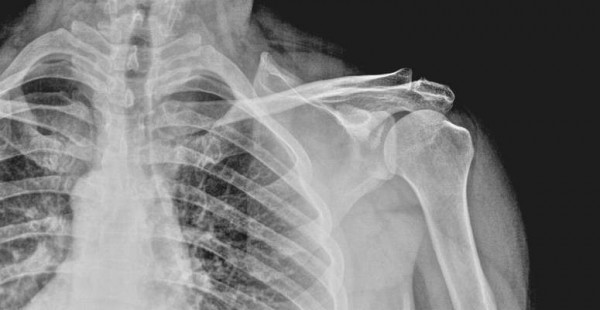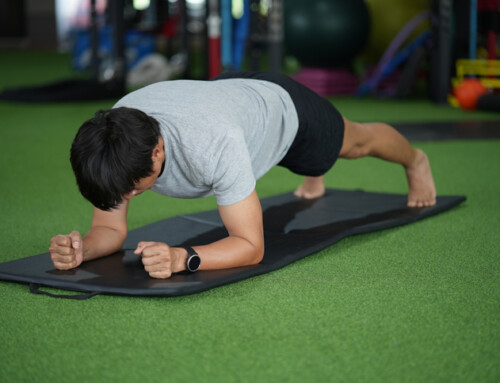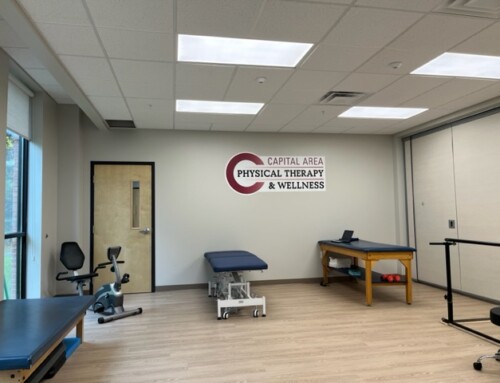By Abby Haviland, SPT
Pain From Shoulder Impingement
Shoulder pain is the third most common musculoskeletal complaint, and it is usually due to rotator cuff pathology or impingement syndrome.
What is shoulder impingement?
Pain from shoulder impingement is a syndrome in which soft tissues get entrapped within the shoulder joint.
The rotator cuff is a group of muscles that originate on the shoulder blade and attach to your arm bone (humerus). They run through a small space between the roof of the shoulder (acromion) and the humerus and this makes them susceptible to getting impinged, or pinched, during overhead arm movements. Irritation to the tendons causes swelling, which further decreases the space around the rotator cuff.
There are two types of shoulder impingement: primary impingement, which is due to structural changes in bone and soft tissue that mechanically narrow the subacromial space, and secondary impingement, which is due to functional disturbances, usually muscle imbalances, that result in abnormal position of the humeral head during elevation, leading to soft tissue entrapment.
Who gets it?
People usually develop shoulder impingement from excessive stress on the shoulder during activities with a lot of overhead rotational movements, such as swimming, tennis, volleyball, and baseball. Shoulder impingement can also occur from poor posture or from injuries such as a fall directly onto the shoulder. People with shoulder impingement may experience pain and weakness with shoulder movements such as reaching overhead, out to the side, or behind the back, pain with throwing motions, or pain while sleeping on the involved side.
The population most affected are individuals older than 40 years.
How can physical therapy help?
The first line treatment for shoulder impingement is physical therapy, with the goal of restoring strength and pain-free movement of the shoulder.
Physical therapy treatment may consist of manual therapy and modalities to decrease pain, postural education and exercises, mobilizations and stretching to improve range of motion, and exercises to improve strength and neuromuscular control of the scapula and shoulder muscles. Corticosteroid injections may also be used as another means of conservative management.
Surgery is considered if your pain does not improve with conservative treatment and is usually based on the severity and duration of pain, the extent of structural damage, and the degree of functional limitations. Common surgical procedures that are performed are subacromial decompression and acromioplasty, which involve increasing the size of the subacromial space by removing part of the acromion and potentially the bursa or the coracoacromial ligament.
Contact Capital Area Physical Therapy at (518) 289-5242 for more information on a number of strategies and techniques focused on enhancing your shoulder health.





